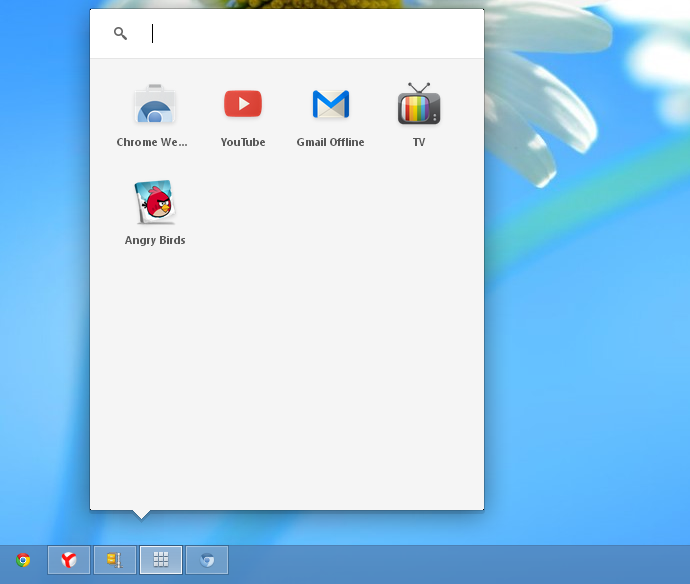

go fullscreen similar to how video players going fullscreen on mobile) when using AR. In particular, when designing web based AR experiences, it's best to use the entire screen (i.e. If you'd like to learn more about general best practices, check out the AR design guidelines we recently released. Most design and engineering guidelines for designing for native AR experiences apply for making web based AR experiences.
#CHROME CANARY UPDATES CODE#
We can't stress enough that, since we were developing on desktop and deploying onto a phone, using Chrome's remote debugging tools to help inspect the experience creates a great fast iteration cycle between code changes, and there are amazing developer tools in Chrome for debugging and checking performance. Finally, a web worker is used to load the model on a background thread so the page remains interactive while the model is loaded and decompressed, an operation that would typically cause jank and prevent the page from being scrolled. Then Draco, a library for compressing and decompressing 3D geometric meshes and point clouds was used to reduce the model's file size from 44.3 megabytes to a mere 225 kilobytes. To get the 3D model ready for the web, a combination of Meshlab, and Mesh Mixer was used to repair the model and decimate its mesh to decrease its file size. Information about the sculpture was sourced from its Google's Arts & Culture page, and the 3D model was provided by Google Arts & Culture's partner, CyArk. This demo was built over the course of about a month to build, leveraging some of the components from the WebXR team's first web based AR demo, WebAR-Article. This enables users to directly connect what is described in text and where those features are on the sculpture. Also, in this experience, there are annotations placed directly on the sculpture. When viewing an object in AR, as opposed to seeing it on a flat 2D screen, we are able to get a deep understanding of what we are looking at because we can see it from many different angles and distances using a very intuitive interaction model: walking around the object, and getting physically closer or further away. The immersive nature of AR allows users to freely explore, discover and play with content, just like they can in the real world. Users can place a life size statue in their reality and move around to see the sculpture from various different angles and distances. The Chacmool AR experience is centered around education, leveraging AR's immersive and interactive nature to help users learn about ancient Chacmool sculptures. To be notified of those updates watch its repo on GitHub. If you want to be notified of spec updates as they land in Chrome, the Immersive Web Early Adopters Guide is kept in a GitHub repo and updated whenever spec changes land in Chrome.


 0 kommentar(er)
0 kommentar(er)
